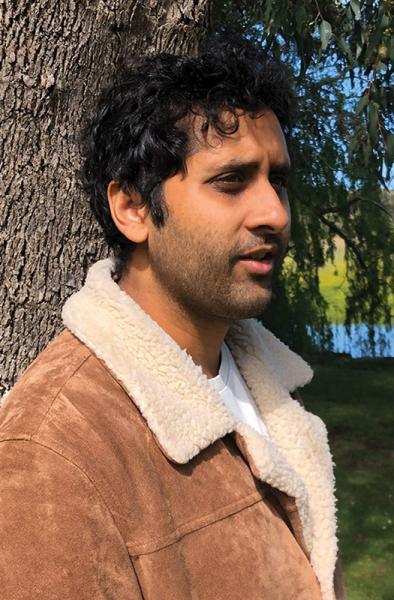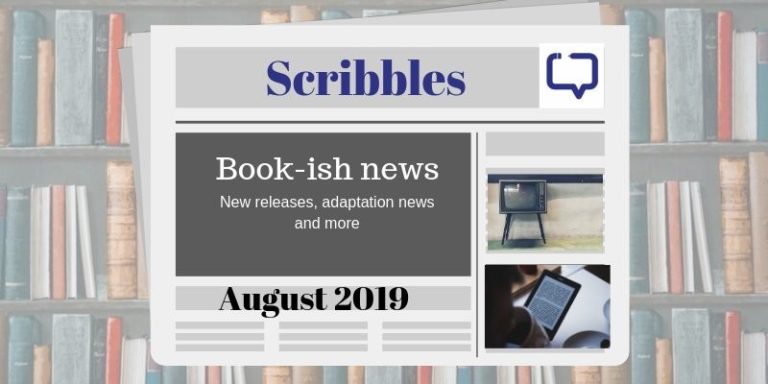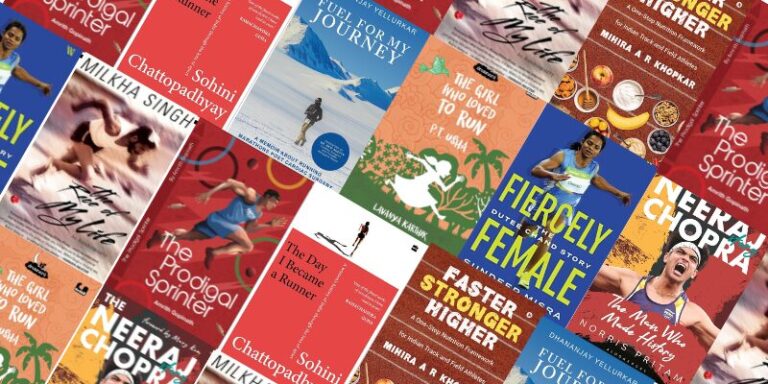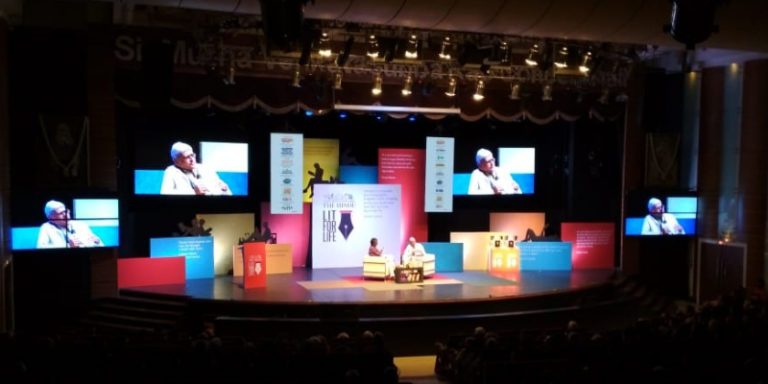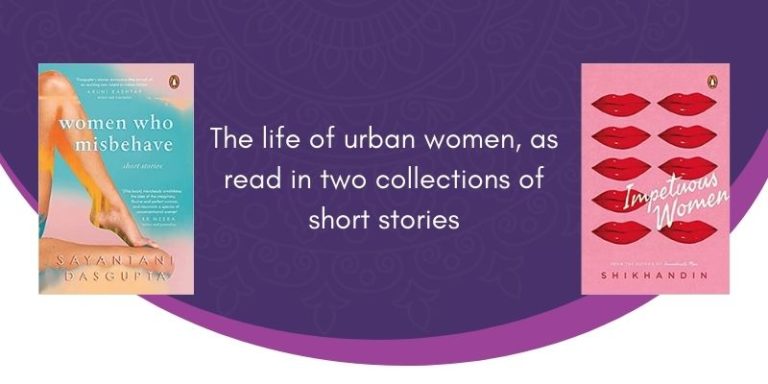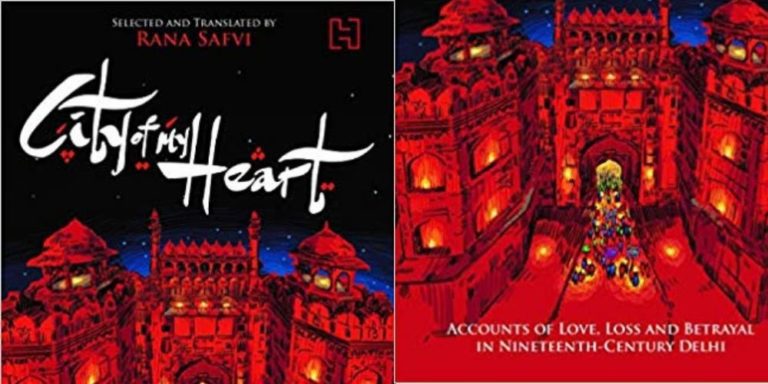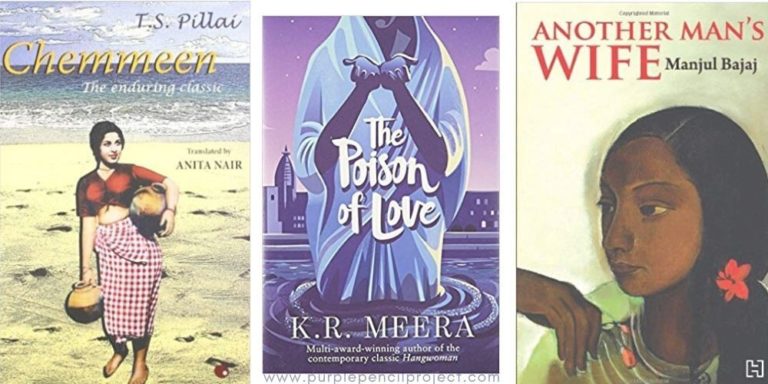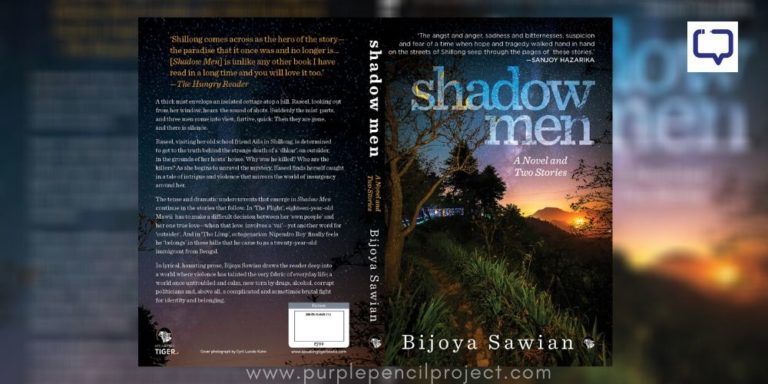The internet is slow to reach among the rubber trees of my mother’s native land. One is forced into communication with fallen barks, orange-coloured dragonflies and the two-tailed drongo in the violet light of evening. In sharp contrast, in the bustling city of Bangalore where home is, the sparrows have disappeared from neighbourhood skies. Although stars gradually blink out against light pollution, sound and information fill our homes. Now imagine four worlds in between these contrasting realities, and sixteen characters – four each from these worlds. We of the Forsaken World… by Kiran Bhat is an amalgamated Indian writing in English of their (dis)continuous worlds and stories, intercrossing in temporalities and languages even as they witness disintegration and find the will to reintegrate.
We encourage you to buy books from a local bookstore. If that is not possible, please use the links on the page and support us. Thank you.
Storyline
We of the Forsaken World… begins with the introduction of four imagined geographies. The places on our own Earth inspire the settings of each fictional space.
There is a tribal settlement by the rivers of a dense forest, apprehensive of attack by outsiders even as there is confusion regarding the chief’s heir.
Another is a small village with a mud road, where the internet is slowly spreading through phones.
And then there is a tourist town by a scenic lake, which is known for its writers. The town is reeling from the disastrous aftermath of a chemical leak from a factory on its outskirts.
Finally, the black city, where men and women cross paths by chance and choice. In each, there are dwindling levels of disarray and chaos, reflected through the voices of its inhabitants.
In some ways, it is the story of four principal characters. First, you have the tribal chief’s son. Next, there is the one-armed woman who haunts the Black city, out to avenge the ones who trafficked her. Third, is the milkmaid, wrongly accused of questionable character by her best friend in their village. Finally, there is the journalist who returns to his mother’s land for an article on the impact of the chemical leak.
But it is also the story of the other characters who narrate their encounters with these primary characters. These include the peanut seller, an Immigrant of the Black City, Lyrica – the journalist’s great aunt (a mad woman writer), the Singer, the Chief’s First Wife, the Shaman and her husband – the Silencer, the Carpenter and a Priest from the Village, and many others. The novel moves from the narrative of one character to another with an interlinking poetic prose section. Shifting voices carry the parallel worlds forward.
These imagined geographies shape the perspectives and shifting circumstances of the lives of these characters. Although their geographies script people and their choices, these worlds are simply microcosmic mirrors of our own worlds. Through these multiple narratives, the author draws us to these forsaken worlds and demonstrates their precipice against the edge of neo-liberal globalisation and its perils.
A Note on its Prose
This debut work by Kiran Bhat reads outstandingly for his deft use of language. The author warps and weaves the tone, pace and style of each character’s narrative voice to mirror their natures and the geographies that form them. The voice of the chief’s wife is attentive to the forest’s details. The shaman’s narrative is plural with the spirits’ voices in her. The voice of the trans village boy reflects his secret desires and a style he has picked up through social media and his generation. Each character builds a part of their world, and the writing is sensitive to the follies of being human.
Additionally, some others are slow and deliberate or cunning with the drip of righteousness and pity. We see this in the tone of the narrative of the priest and shopkeeper. Yet others are sad and wistful or dismissive – like those of the Sex Columnist and Grandfather who lost his children. It is also self-aware and nihilistic, in the case of the singer and the peanut seller. Simultaneously, these voices betray the lithe humour of globalised trends in worlds poised on the edge of change – whether it be development or destruction.
The Theme of Forsaken Worlds
The author mentions that he has specifically imagined these worlds so that he does not speak for the rights and voices of the characters he sketches. Even as they are narrated through the fictional lens of the author, these separate worlds reflect the concerns of our own. In the world of tribal settlement, there is trepidation even as they rely on ancient traditions for signs of salvation. This mirrors the condition of such settlements around the globe which are facing extinction through capitalist exploitation of land and mineral resources.
The Black City mirrors the underbelly of most in the world – where women are flung against the margins and fear for their safety. They point to how cities harbour darkness and filth against the glamour of consumerist economic pockets. Meanwhile, the village portrays another side of development – how cultures and perspectives shift through the influence of social media. Whereas, whereas the town reels from industrialisation and its ecological hazards. Accordingly, these worlds, address socio-political issues of gender-based violence, economic and ecological marginalisation, and the trauma of death and destruction.
Format and select extracts
Each scene shifts through interlaced poetry bridging the overlapping emotions between each world. There are four sections to the novel, and four within each section, to reflect these shifts.
Some lines are pure literature and they strike the heart of the reader. Perhaps the only complaint is that these worlds are too large to hold in just sixteen voices. Hence, the reader yearns for more of a conclusion even when the worlds subside to seek their futures. However, as an experimental literary microcosm of imagined worlds within a single Indian writing in English novel, some exceptions can be made.
Favourite Lines
These were all the things I could never express in the language he knew. He realised I understood little. His eyes skipped to the end of his thoughts.
He looked away. They always do. My face is powdered black like a nightmare, and it is only when the spirits come inside of me that my eyes look alive.
The finger trees were far in the distance. The midday sun used them like its eyelid, with the vines around them the flittering of its eyelashes. […] During these moons, I have seen that they have their ways to hurt the trees.
Final Verdict
Writers who recognise the faultlines of decay in society and use the power of language to present it to a reader are worth investing in. Supporting a work of writing like this feeds the hope that more such works reach the knowledge and experience of the reading masses.
Buy this book to travel these worlds through their shifting voices. This experimental form of literary creation in Indian writing in English is indicative of a larger presence of Indian literary fiction. In many ways, these stories become ways to recognise the smaller moments of truth in our own worlds. These may help us build better societies and relationships against the fragility of fate.







